Home>Interior Design>8 Outdated Decorating Rules Worth Breaking In Small Spaces
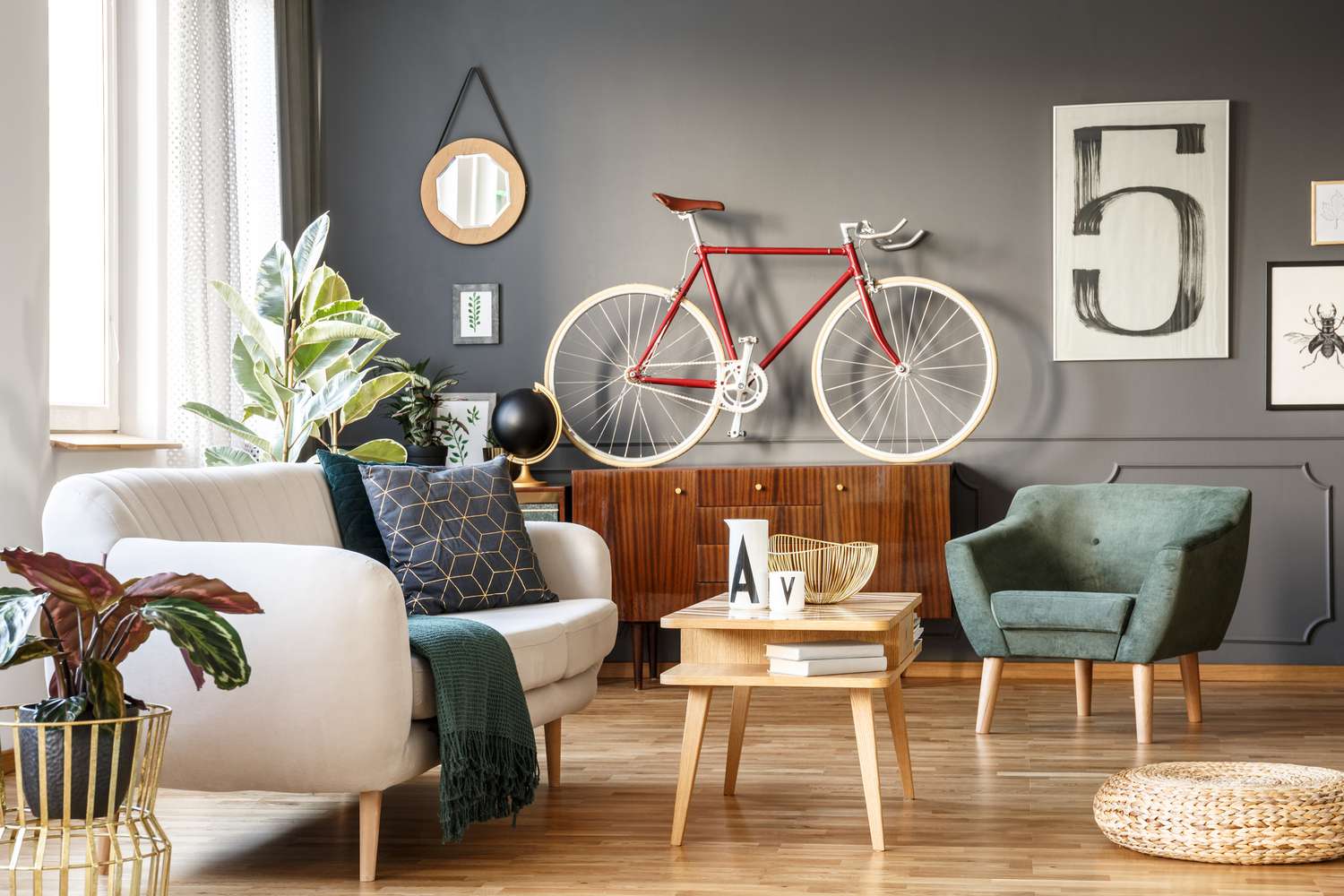

Interior Design
8 Outdated Decorating Rules Worth Breaking In Small Spaces
Modified: January 19, 2024
Discover 8 outdated decorating rules worth breaking in small spaces. Unlock creative possibilities for your interior design and maximize every inch.
(Many of the links in this article redirect to a specific reviewed product. Your purchase of these products through affiliate links helps to generate commission for Storables.com, at no extra cost. Learn more)
Introduction
In the world of interior design, there are countless rules and guidelines that dictate how our spaces should look and feel. While these rules may have once served as helpful guidelines, it’s time to break free from their constraints, especially when it comes to small spaces. Small spaces can be challenging to decorate, but by breaking some outdated decorating rules, you can create a stylish and functional space that defies expectations.
No longer should you feel limited by traditional ideas of what is “appropriate” for small spaces. It’s time to embrace your creativity and think outside the box. In this article, we will explore eight outdated decorating rules that are worth breaking in small spaces. From overcrowding with furniture to shying away from bold colors, it’s time to embrace a new approach to small space design.
So, let’s dive in and discover the freedom that comes with breaking the rules in small space decorating!
Key Takeaways:
- Break outdated decorating rules in small spaces to create a stylish and functional oasis. Embrace bold colors, oversized furniture, and unconventional storage solutions for a unique and personalized design.
- Don’t be afraid to challenge traditional design guidelines in small spaces. Experiment with patterns, textures, and mixed design styles to infuse personality and visual interest into your home.
Overcrowding with Furniture and Accessories
One common decorating rule that needs to be broken in small spaces is the idea that you should only have minimal furniture and accessories. While it’s true that a cluttered space can make a small room feel even smaller, that doesn’t mean you have to sacrifice style or functionality.
Instead of eradicating furniture and accessories altogether, the key is to choose pieces that are the right scale for your space. Opt for slim and streamlined furniture that doesn’t overwhelm the room. Consider multifunctional furniture, such as ottomans with hidden storage or sofa beds, to maximize the use of limited space.
When it comes to accessories, select a few statement pieces that can act as focal points in the room. Avoid cluttering surfaces with too many small trinkets. Instead, choose a few carefully curated items that reflect your personal style and add visual interest. Also, utilize vertical space by hanging shelves or installing wall-mounted storage units to keep surfaces clear and open.
Remember, it’s not about the quantity of furniture and accessories, but rather the quality and how you arrange them. By breaking the rule of minimalism in small spaces, you can create a visually appealing and functional space that showcases your personal style while still maintaining a sense of openness and airiness.
Playing it Safe with Neutral Colors Only
One of the most prevalent decorating rules for small spaces is to stick with neutral colors, such as whites, beiges, and grays. While neutral tones can create a clean and timeless look, playing it safe with neutrals can often result in a dull and uninspiring space.
Breaking away from this rule allows you to inject personality and vibrancy into your small space. Don’t be afraid to embrace bold and vibrant colors to add a sense of excitement and visual interest. Experiment with rich jewel tones, vibrant blues, or even daring shades of red or yellow to create a focal point or an accent wall.
If you’re worried about overwhelming the space with bright colors, you can use a neutral color as a base and then introduce pops of color through accessories, artwork, or accent furniture. This way, you can still incorporate your favorite hues without compromising the overall balance of the room.
In addition to adding bold colors, consider using different shades and tones within the same color family to create depth and dimension. For example, instead of using only one shade of blue, mix different shades of blue to create a visually captivating space.
Remember, colors can have a significant impact on how we feel in a room. By breaking the rule of sticking to neutral colors in small spaces, you can infuse energy, personality, and a sense of playfulness into your design, ultimately creating a space that is uniquely yours.
Avoiding Oversized Furniture
When it comes to decorating small spaces, many people believe that oversized furniture is a big no-no. The fear is that large pieces will make the room feel cramped and crowded. However, breaking the rule of avoiding oversized furniture can actually have the opposite effect and make your small space feel more cozy and inviting.
By incorporating one or two larger pieces of furniture, you can create a focal point and anchor the room. For example, a statement sofa or a substantial dining table can add drama and visual interest to your space. Just ensure that the scale of the furniture is appropriate for the room, taking into consideration the dimensions and flow of the space.
To avoid overwhelming the room, balance the larger furniture items with smaller, more delicate pieces. For instance, pair a large sofa with sleek, armless chairs or use a substantial dining table with slim, streamlined chairs. This combination of larger and smaller pieces creates a harmonious and well-proportioned look.
Additionally, consider furniture that serves a dual purpose or offers storage solutions. This way, you can maximize functionality without sacrificing space. For instance, choose a coffee table with built-in shelves or drawers, or opt for a bed frame with storage compartments.
Breaking the rule of avoiding oversized furniture allows you to create a sense of coziness and make a design statement in your small space. Just remember to strike a balance and mix in smaller pieces to maintain the overall harmony and flow of the room. So, don’t shy away from these pieces; embrace them and let them transform your small space into a stylish oasis.
Strictly Adhering to a Single Design Style
One outdated decorating rule that is worth breaking in small spaces is the notion of strictly adhering to a single design style. While it’s certainly true that cohesive design can create a unified and visually pleasing space, blending different styles can add depth and character to your small space.
Mixing design styles allows you to create a unique and personalized space that reflects your individual taste and personality. Experiment with combining traditional elements with modern accents, or mix contemporary furniture with vintage decor pieces. By breaking free from the boundaries of a single design style, you can create a space that is eclectic, interesting, and full of personality.
To successfully blend different design styles, focus on finding common elements and creating a seamless transition between them. Look for similarities in color palettes, textures, or patterns that can tie different pieces together. For example, you can pair a traditional velvet armchair with a sleek and modern glass coffee table, or combine a vintage rug with contemporary artwork.
Remember, the key to successful design blending is maintaining balance and harmony. Avoid overwhelming the space with too many conflicting elements. Choose a dominant style and complement it with subtle touches from other styles to create a cohesive and visually appealing look.
By breaking the rule of adhering to a single design style, you can create a small space that is truly unique and reflects your personal style and interests. Don’t be afraid to mix and match, and let your creativity shine through in the mix of styles.
When decorating a small space, don’t be afraid to use large furniture. It can actually make the room feel more spacious and functional.
Keeping Walls and Ceilings White
One of the most common decorating rules for small spaces is to keep the walls and ceilings white. While white does create an illusion of spaciousness and reflects light, breaking this rule can add depth, character, and visual interest to your small space.
Adding color to your walls and ceilings can instantly transform the atmosphere of a room. Don’t be afraid to experiment with different hues, whether it’s a soft pastel or a bold accent color. Choose shades that complement your overall design scheme and reflect your personal style.
Painting an accent wall can be a great way to bring focus and drama to a small space. You can choose a wall that serves as a backdrop to your favorite artwork or creates a visual separation between different functional areas within the room.
If you’re hesitant to commit to bold colors, consider using wallpaper or wall decals to add patterns and texture to your space. These can be particularly effective in creating a sense of depth and visual interest in a small room.
When it comes to ceilings, don’t be afraid to add color or architectural details to draw the eye upward. A painted or wallpapered ceiling can create a stunning focal point and give the illusion of height. Alternatively, you can add architectural elements such as crown molding or ceiling beams to add visual appeal and dimension to the space.
Breaking the rule of keeping walls and ceilings white allows you to infuse your small space with personality, warmth, and individuality. By introducing color and texture, you can create a visually captivating and dynamic environment that truly reflects your style and enhances the overall aesthetics of your space.
Underestimating the Power of Pattern and Texture
In small spaces, there is often a tendency to shy away from pattern and texture, as it is believed that they can make the space feel cluttered or overwhelming. However, breaking the rule of underestimating the power of pattern and texture can actually elevate the design of your small space and add visual interest and depth.
Patterns can bring life and personality to a room, whether it’s through bold geometric prints or delicate floral motifs. Incorporating patterns can instantly transform a bland space into a vibrant and visually dynamic one. Consider using patterned wallpaper, area rugs, or throw pillows to inject personality and create a focal point.
Texture is another element that can greatly enhance the visual appeal of a small space. Textures can add depth and tactile interest, making a room feel more inviting and cozy. Introduce textures through materials like velvet, woven fabrics, or natural fibers. You can incorporate texture through upholstered furniture, curtains, or even textured wall panels.
When incorporating patterns and textures, remember to strike a balance. Choose a focal point in the room where you can introduce a bold pattern or texture, and then use more neutral elements to create a harmonious backdrop. For example, pair a patterned wallpaper with solid-colored furniture or use textured throw pillows on a neutral-toned sofa.
Additionally, consider the scale of the patterns and textures you choose. In a small space, opt for smaller-scale patterns to avoid overwhelming the room visually. Textures can vary in scale, but be mindful of how they interact with other elements in the space.
By breaking the rule of underestimating the power of pattern and texture, you can transform your small space into a visually captivating and dynamic environment. Embrace the use of patterns and textures to add personality, depth, and visual interest to your design, creating a space that truly reflects your unique style.
Avoiding Bold and Dark Colors
When it comes to small spaces, there is a common belief that bold and dark colors should be avoided. The fear is that these colors will make the room feel smaller and more cramped. However, breaking the rule of avoiding bold and dark colors can actually create a striking and sophisticated look in your small space.
Bold colors can add depth, drama, and personality to a room. They have the power to create a focal point and make a strong design statement. Don’t be afraid to experiment with rich jewel tones, vibrant hues, or even darker shades. These colors can create a sense of warmth and intimacy, making the small space feel cozy and inviting.
Using bold colors strategically can create the illusion of depth and expand the visual boundaries of the room. Consider using a bold color on an accent wall to draw attention and create a sense of depth. Or, if you’re feeling adventurous, you can try painting the entire room in a bold color and balance it with lighter furniture or accessories.
Dark colors, such as deep blues, charcoal grays, or rich browns, can also work wonders in small spaces. Contrary to popular belief, dark colors can actually make a small space feel more substantial. They add depth and create a sense of coziness. Just be sure to balance them with lighter elements to prevent the space from feeling too heavy.
If you’re unsure about fully committing to bold or dark colors, you can start by introducing them gradually through accessories, artwork, or accent furniture. This allows you to experiment with different color palettes and find the right balance for your small space.
By breaking the rule of avoiding bold and dark colors, you can infuse your small space with personality, style, and a sense of drama. Embrace the power of color to create a space that is visually captivating and reflects your unique taste and aesthetic.
Ignoring Unconventional Storage Solutions
When it comes to small spaces, storage is a crucial consideration. However, it’s a common decorating rule to focus on traditional storage options like shelves and cabinets. Breaking the rule of ignoring unconventional storage solutions can be a game-changer for maximizing space and adding style to your small space.
Instead of relying solely on bulky furniture pieces for storage, consider incorporating unconventional storage solutions that can blend seamlessly into your decor. Utilizing vertical space is key. Install floating shelves, wall-mounted baskets, or hanging organizers to make use of empty wall surfaces. These solutions not only provide extra storage but also serve as decorative elements.
Another unconventional storage idea is to utilize the space under furniture pieces. Invest in ottomans or coffee tables with hidden storage inside. These dual-purpose pieces can store extra blankets, magazines, or other items, keeping the space tidy and free from clutter.
Think outside the box when it comes to storage furniture. Look for pieces that offer hidden compartments, such as bed frames with built-in drawers or cabinets. You can also use multifunctional furniture, like a bench with inside storage, or a ladder shelf that can function as a decorative display as well as a place to store books or accessories.
Embrace vertical storage options like tall bookshelves or floor-to-ceiling cabinets. These not only maximize storage space but also draw the eye upward, creating an illusion of height and making the room feel more expansive.
Don’t forget overlooked spaces like the back of doors or the area above cabinets. Install hooks or racks on the back of doors to hang coats, bags, or towels. Use baskets or decorative boxes to store items above cabinets, making use of otherwise wasted space.
Breaking the rule of ignoring unconventional storage solutions allows you to optimize space, maintain organization, and add a touch of uniqueness to your small space. Embrace innovative storage ideas that blend seamlessly into your decor while serving a practical purpose. By doing so, you’ll create a functional and stylish small space that defies expectations.
Conclusion
In the world of interior design, it’s important to remember that rules are meant to be broken, especially when it comes to decorating small spaces. By challenging outdated decorating conventions and embracing new ideas, you can create a small space that is both functional and visually captivating.
From overcrowding with furniture and accessories to playing with bold colors and patterns, breaking these rules can open the door to a world of endless possibilities. Incorporating unconventional storage solutions and mixing different design styles can also add depth and character to your space.
Remember, the key to successfully breaking these rules is finding the right balance. It’s important to consider the scale and proportions of your furniture and accessories, as well as the harmony between different design elements. By doing so, you can create a cohesive and inviting small space that reflects your personal style and enhances your overall living experience.
So, let go of old notions and embrace your creativity. Small spaces have the potential to be just as stylish and functional as larger ones. Explore different color palettes, experiment with patterns and textures, and discover innovative storage solutions that work for your unique needs.
Ultimately, breaking these outdated decorating rules allows you to transform your small space into a haven that defies expectations. It’s about creating a space that not only maximizes functionality but also showcases your individuality and brings joy to your everyday life. So, let your imagination run free and design a small space that truly speaks to who you are.
Frequently Asked Questions about 8 Outdated Decorating Rules Worth Breaking In Small Spaces
Was this page helpful?
At Storables.com, we guarantee accurate and reliable information. Our content, validated by Expert Board Contributors, is crafted following stringent Editorial Policies. We're committed to providing you with well-researched, expert-backed insights for all your informational needs.
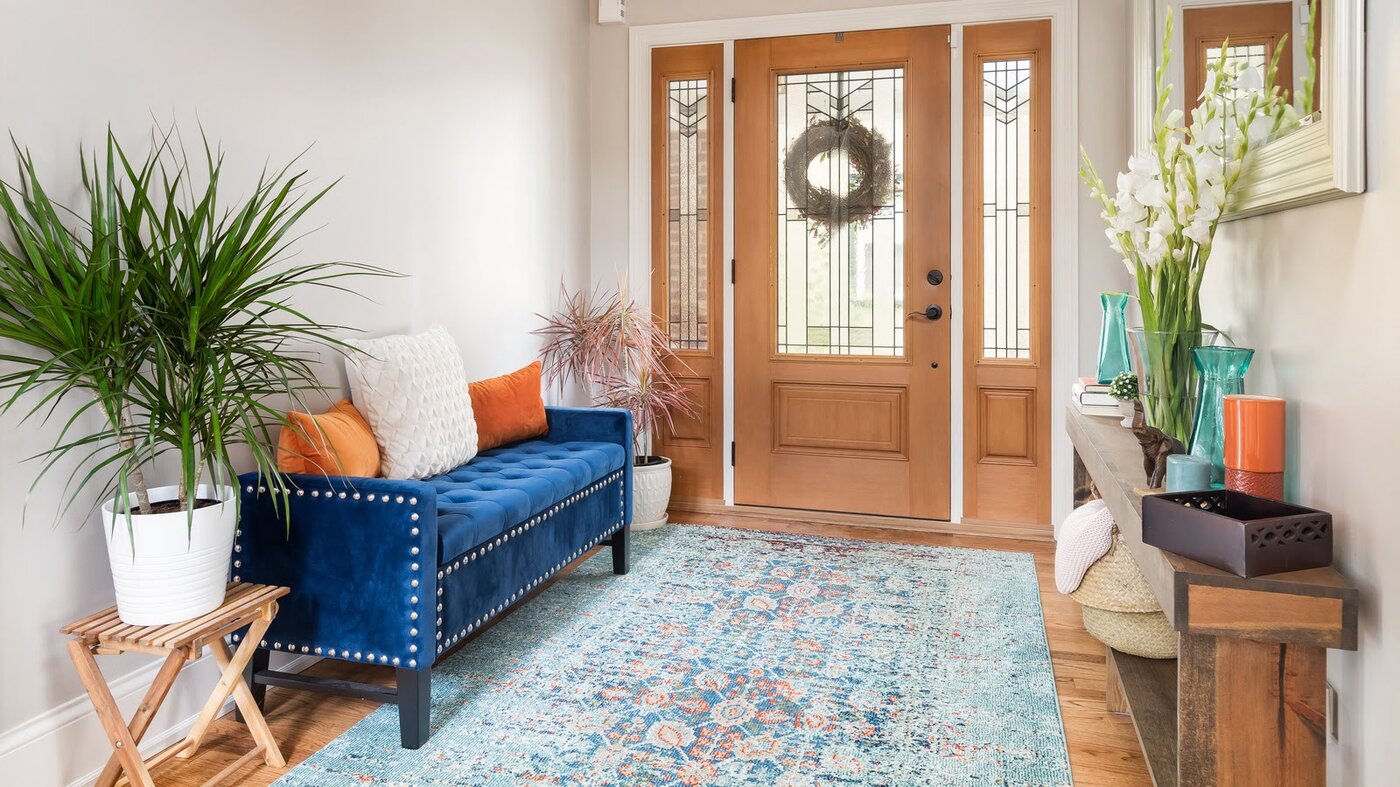
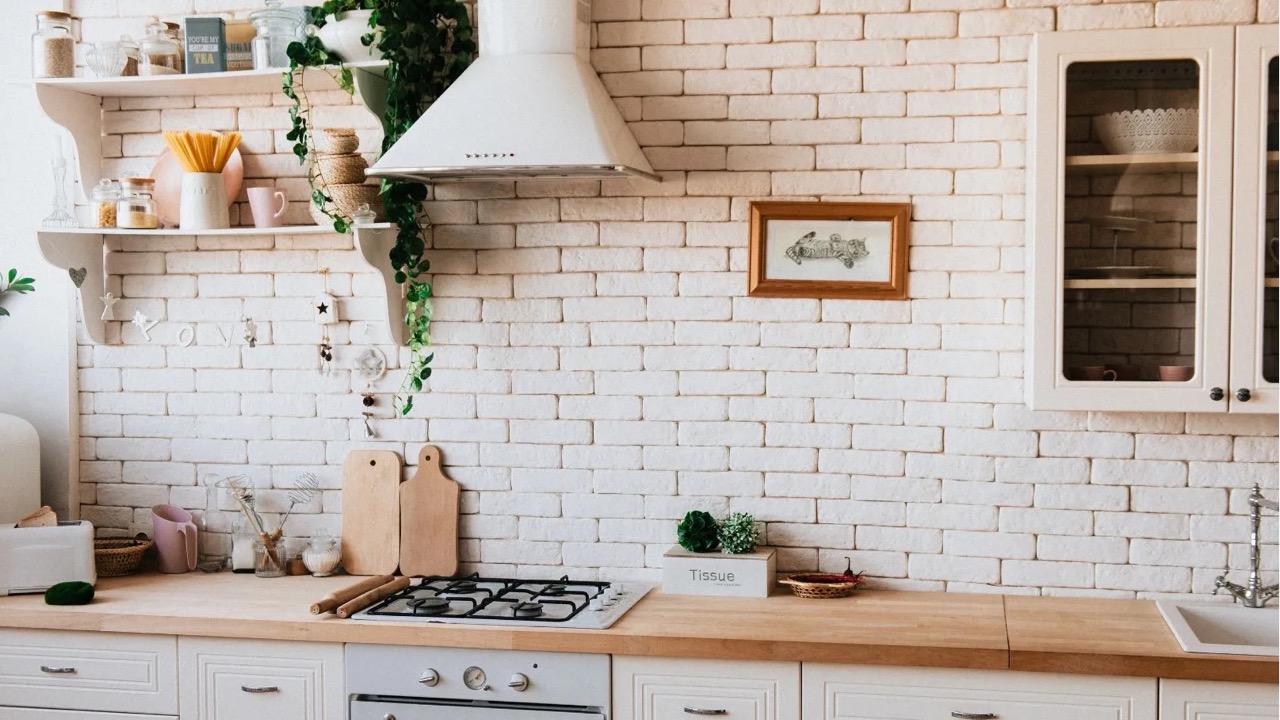
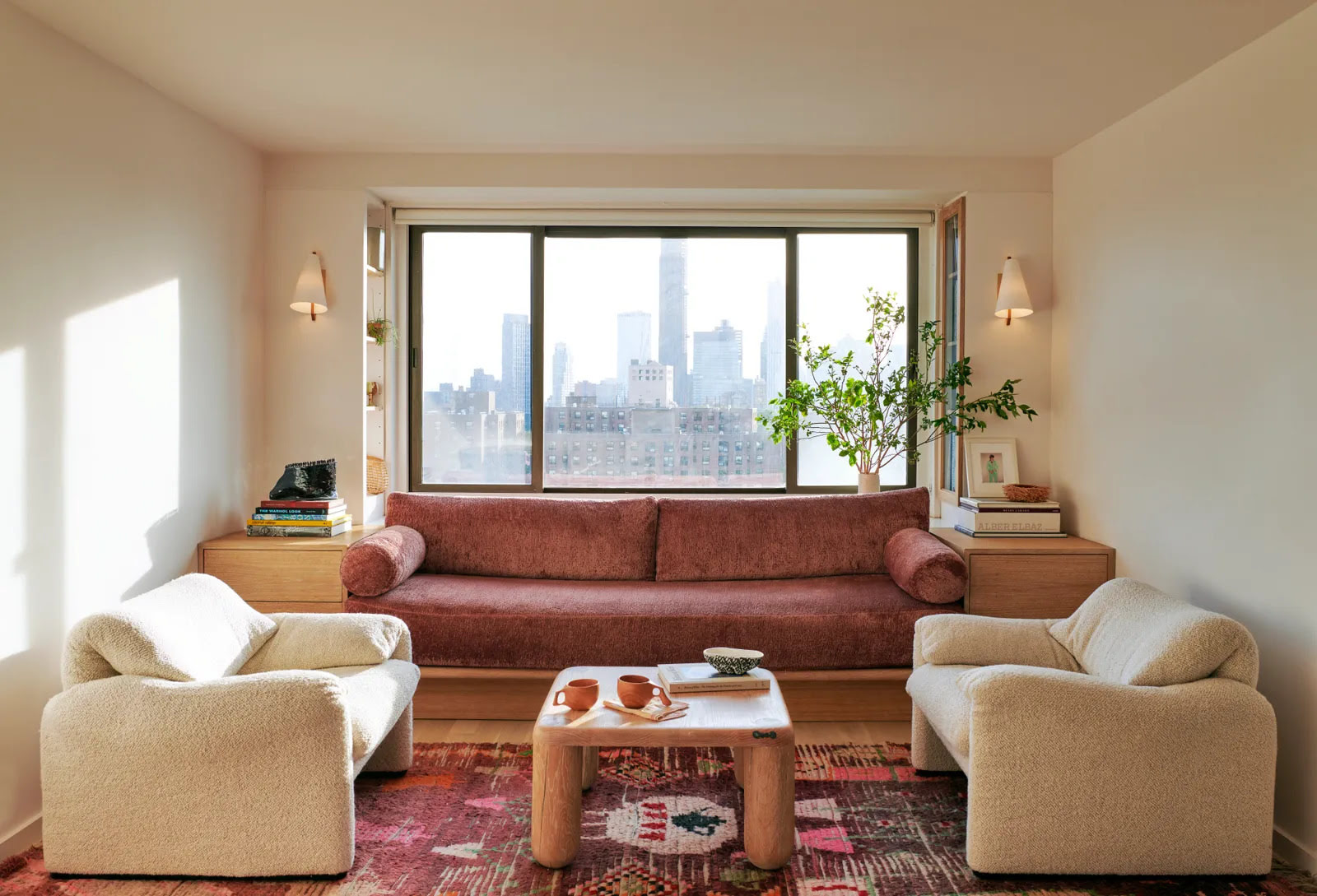
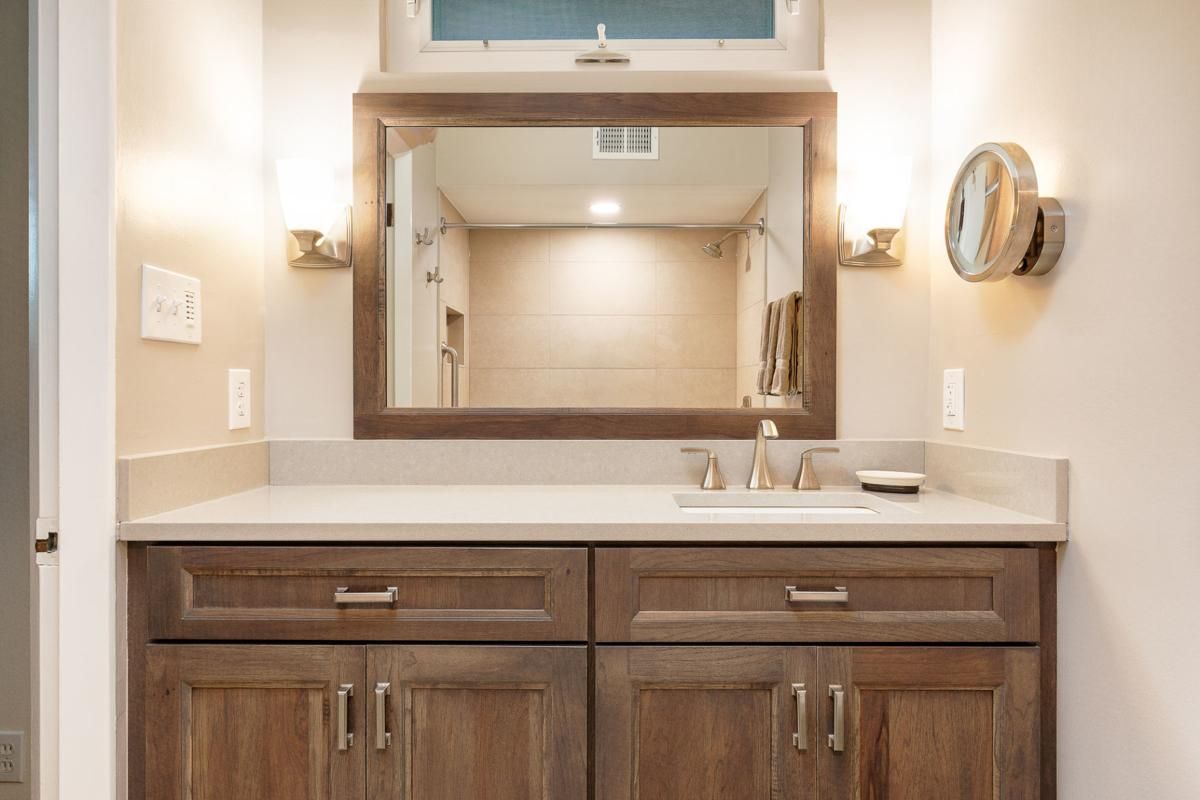
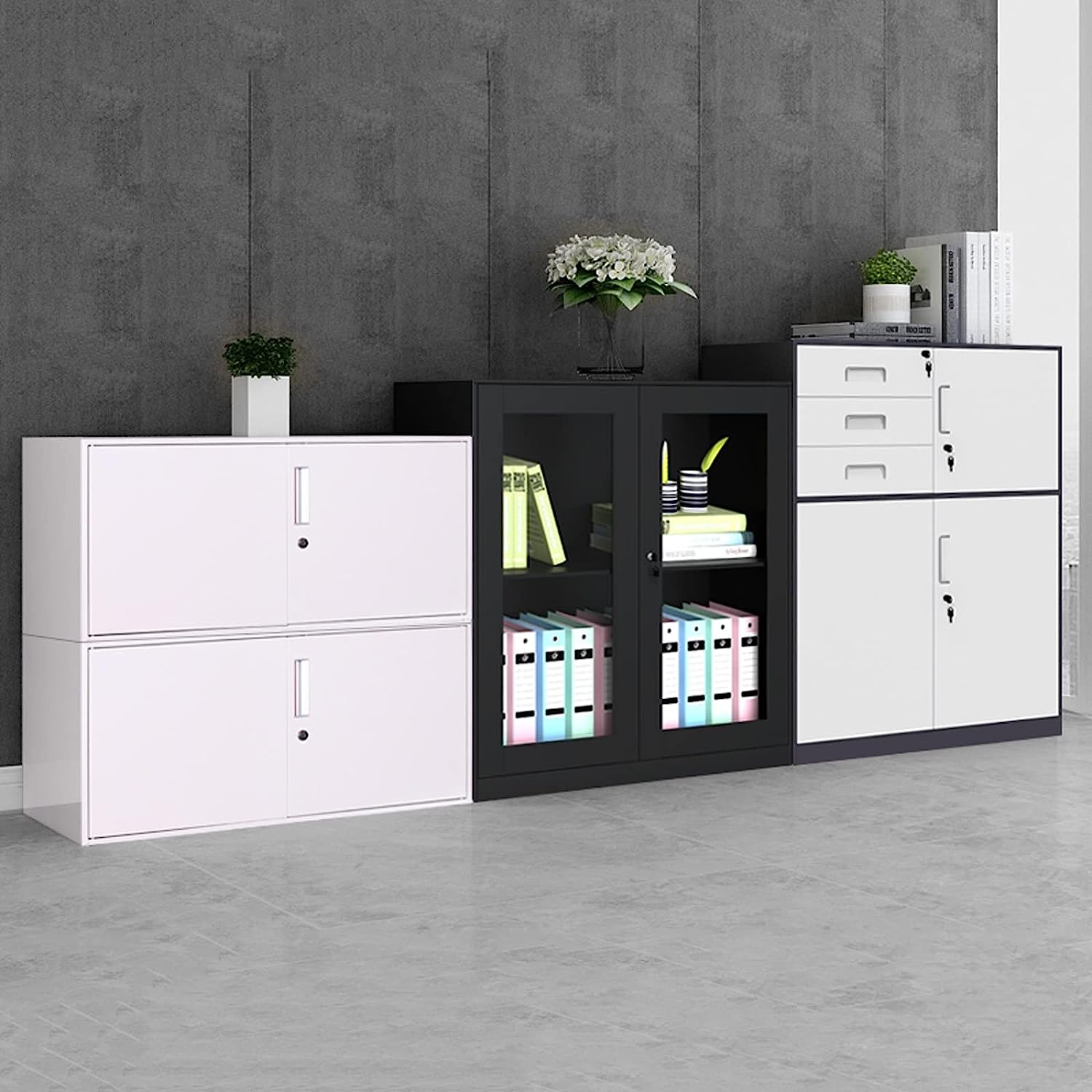
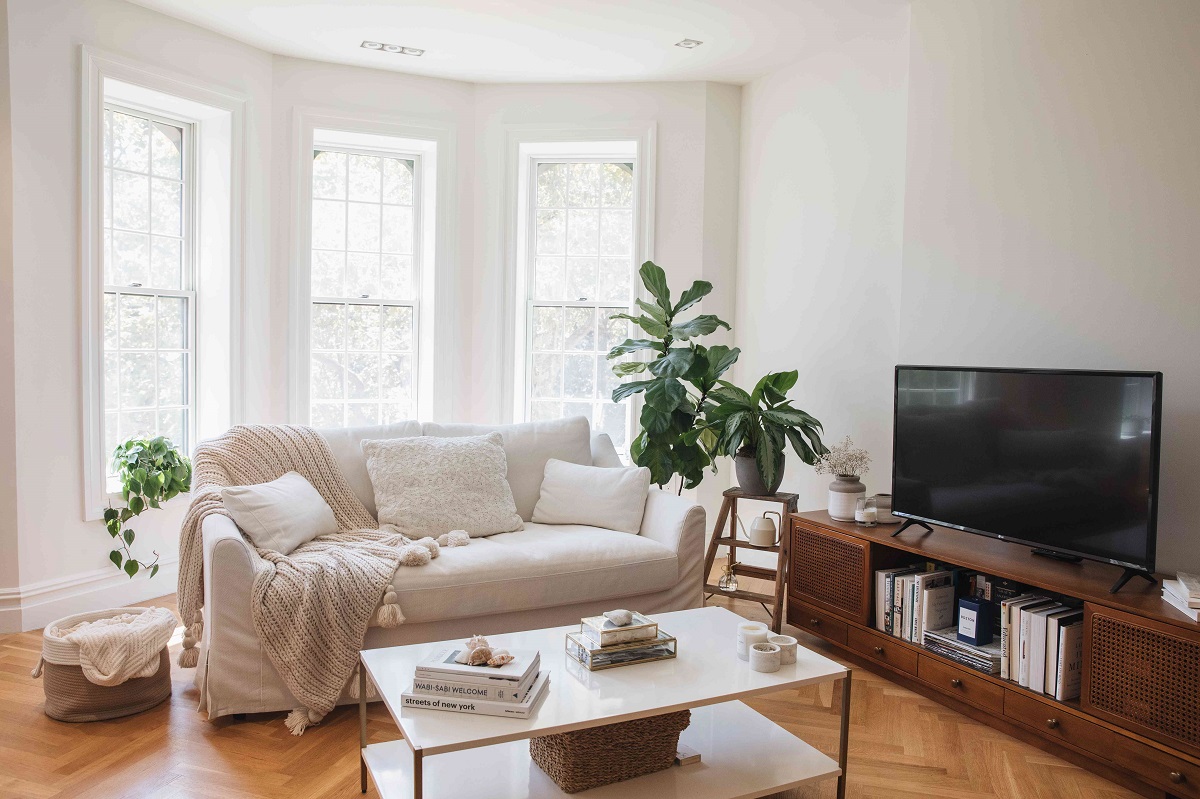

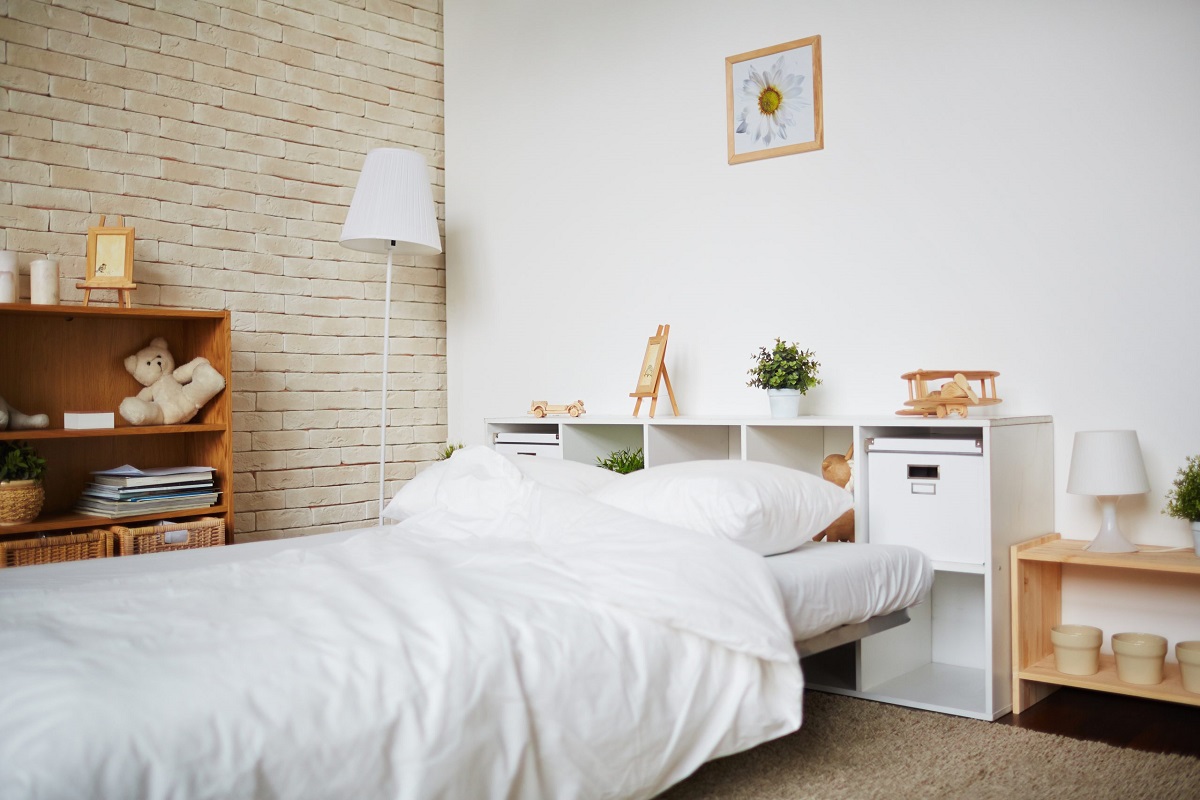
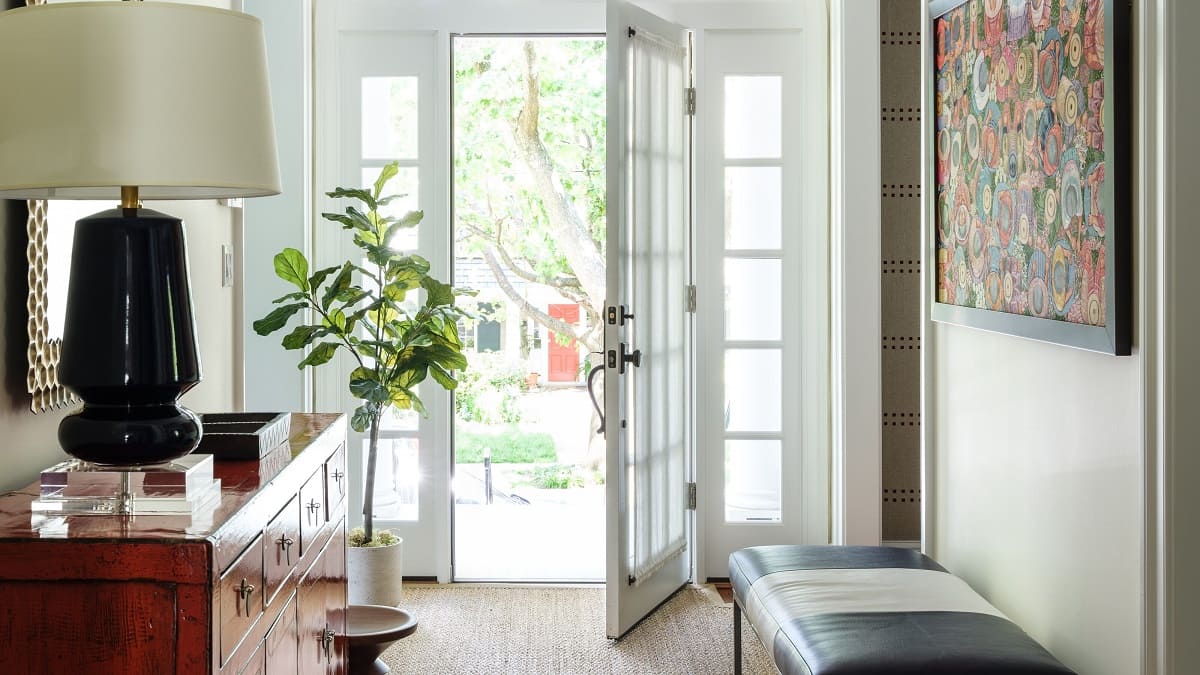
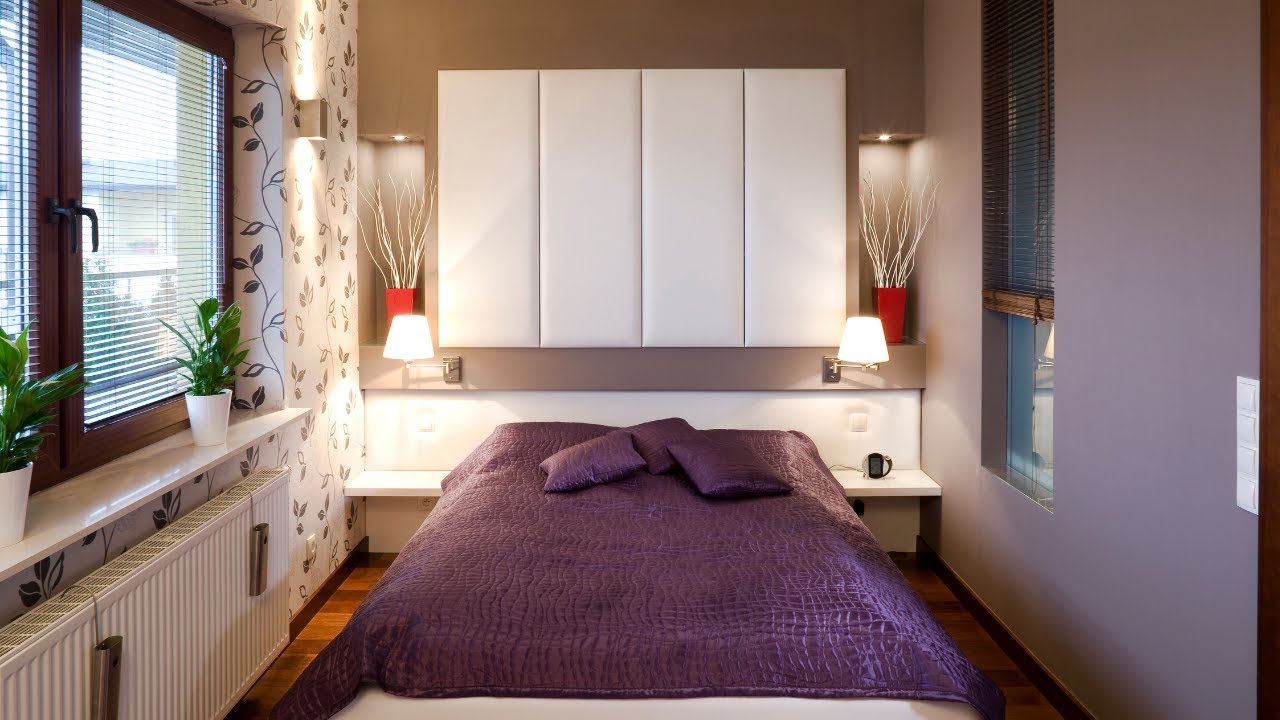
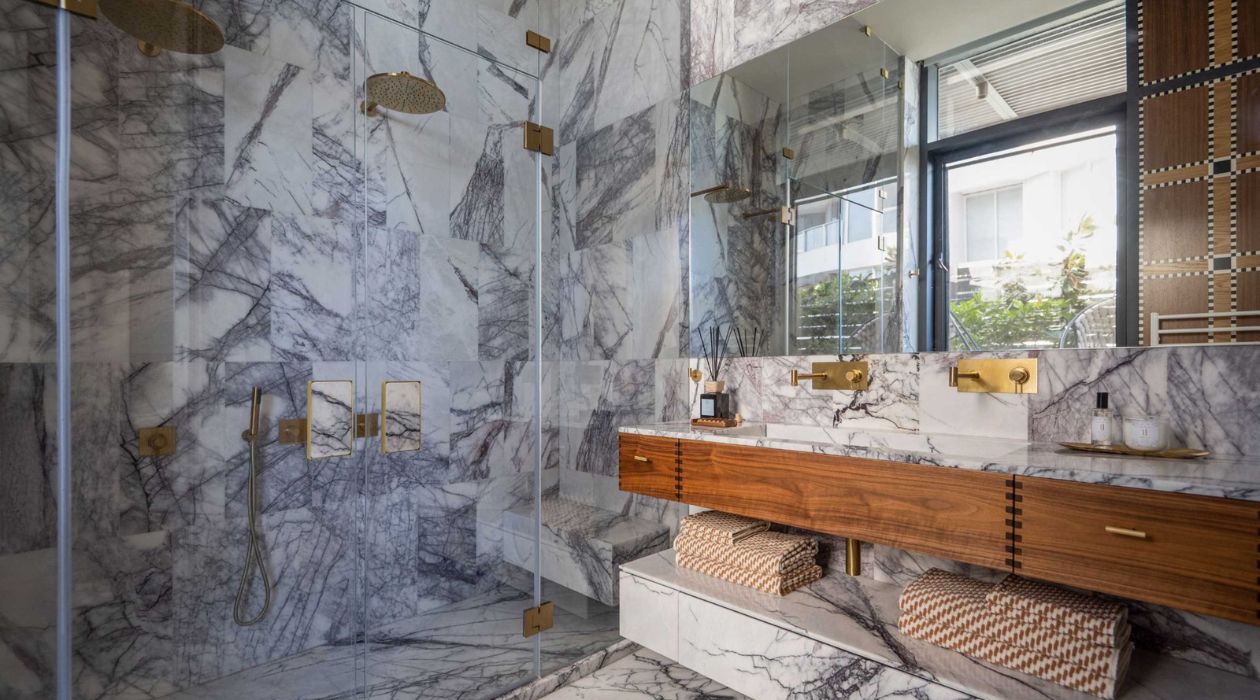
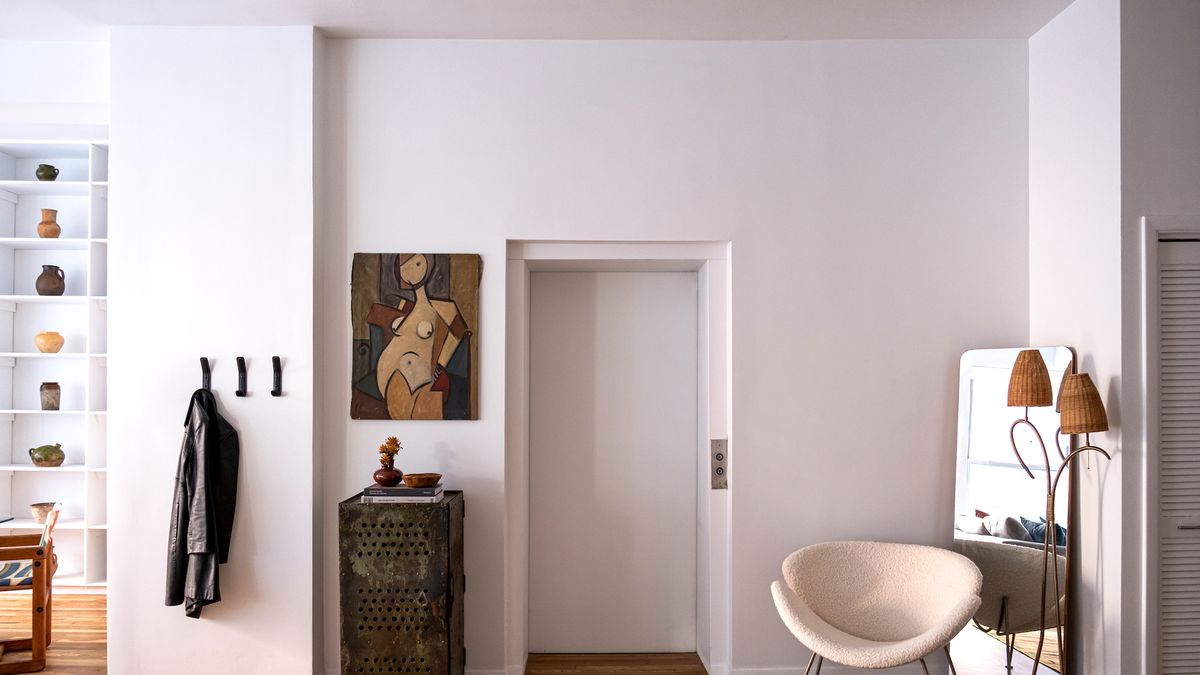
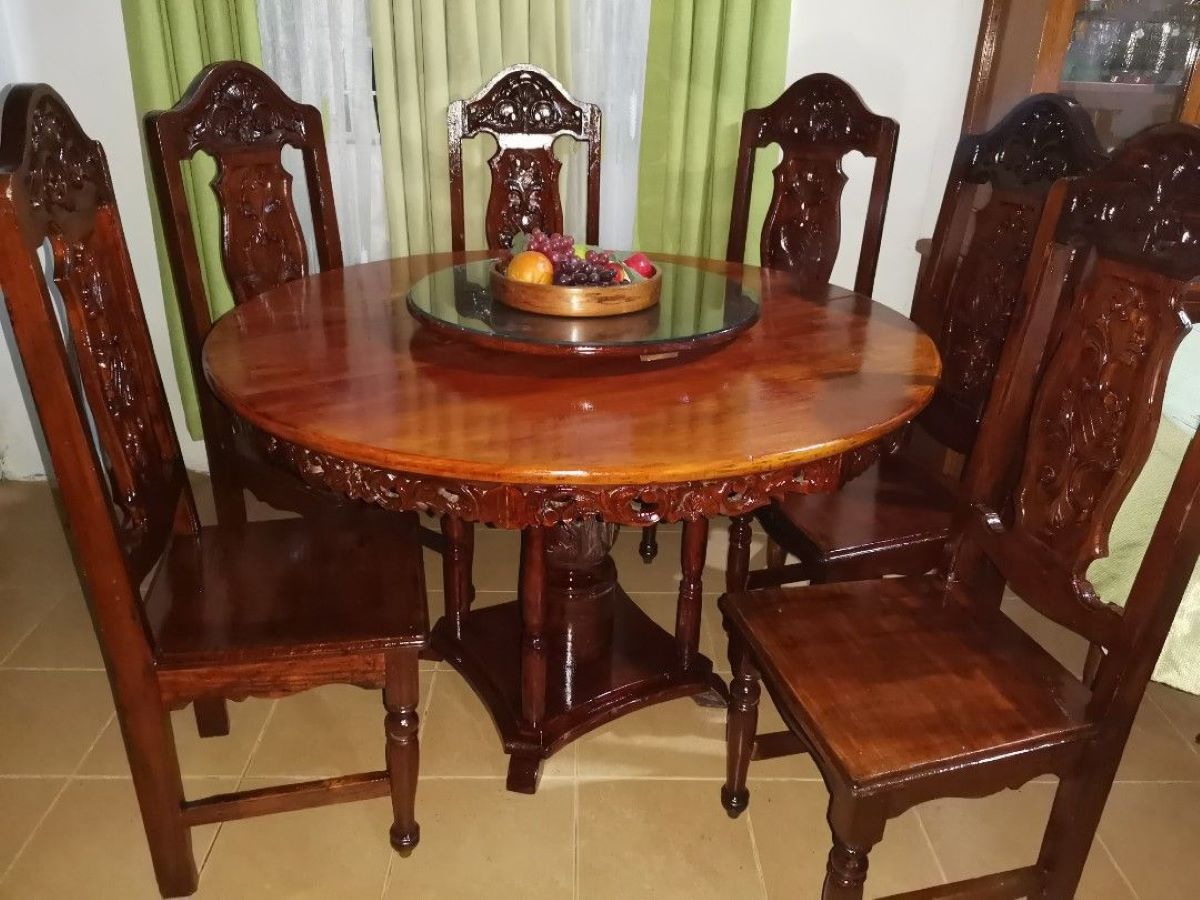

0 thoughts on “8 Outdated Decorating Rules Worth Breaking In Small Spaces”